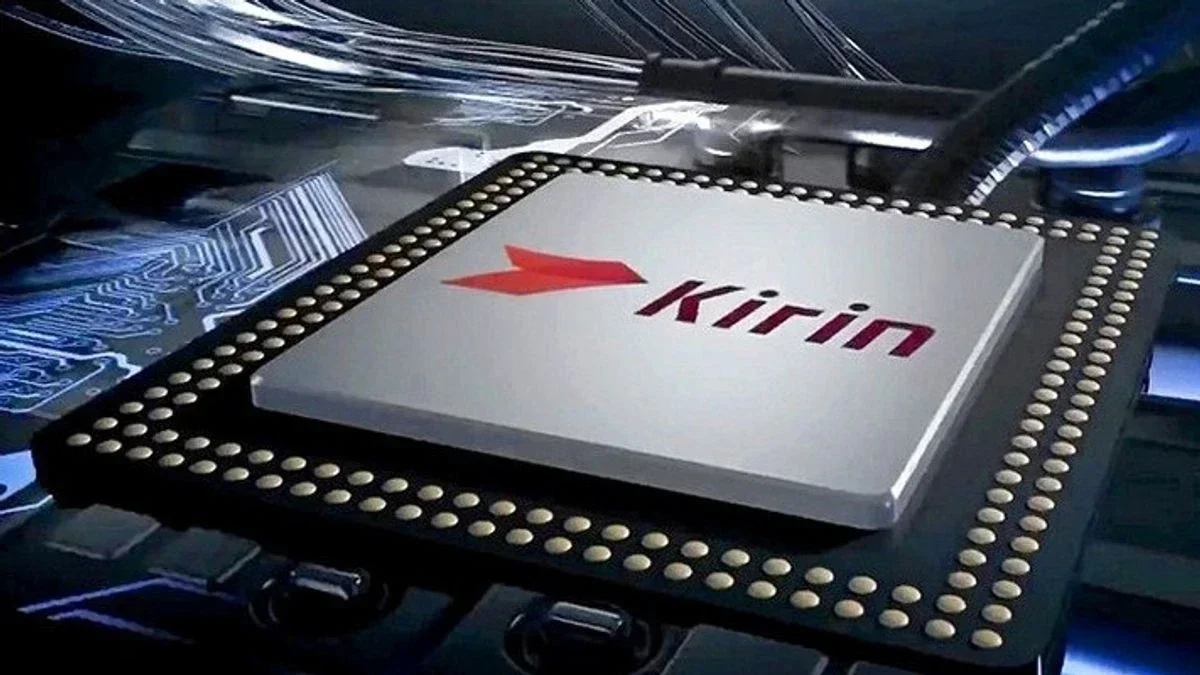When Huawei surprised everyone by introducing the new Mate 60 series last August, the big news was that the phones were powered by a new 5G Kirin chip produced by China’s leading foundry, SMIC, using its 7nm process node. The Kirin 9000s SoC was the first 5G chipset inside a Huawei phone since the Mate 40 series was released in 2020. Unfortunately, due to export restrictions imposed by the U.S., foundries using American technology were prevented from shipping advanced silicon to Huawei.
One rumor calls for the new Kirin chip to be produced using a 5nm process node which would really get the attention of U.S. officials. SMIC is blocked by the U.S. and Dutch authorities from receiving the extreme ultraviolet lithography machine required for producing such advanced chips. While SMIC does have deep ultraviolet lithography machines, using them to manufacture chips on a 5nm node might be extremely challenging.
Huawei is also believed to be working on a new and advanced Neural Processing Unit (NPU) for AI tasks and is rumored to be developing future Kirin chips with a 64-bit structure. The upcoming AP, potentially named Kirin 9010, will come equipped with Huawei’s Balong 6000 modem. Early reports suggest impressive performance metrics for this chip including a single-core score of 1800 and a multi-core score of 4800 on Geekbench 6. It features the Maleoon 920 GPU (6CUs, clocked at 750MHz) and the latest dual-core Ascend NPU (1 big core + 1 small core).
While there is no official release date for this chip yet, tech enthusiasts are eagerly anticipating its potential debut along with the Mate 70 series expected later this year. Stay tuned for more updates on Huawei’s latest innovations in telecommunications technology!










